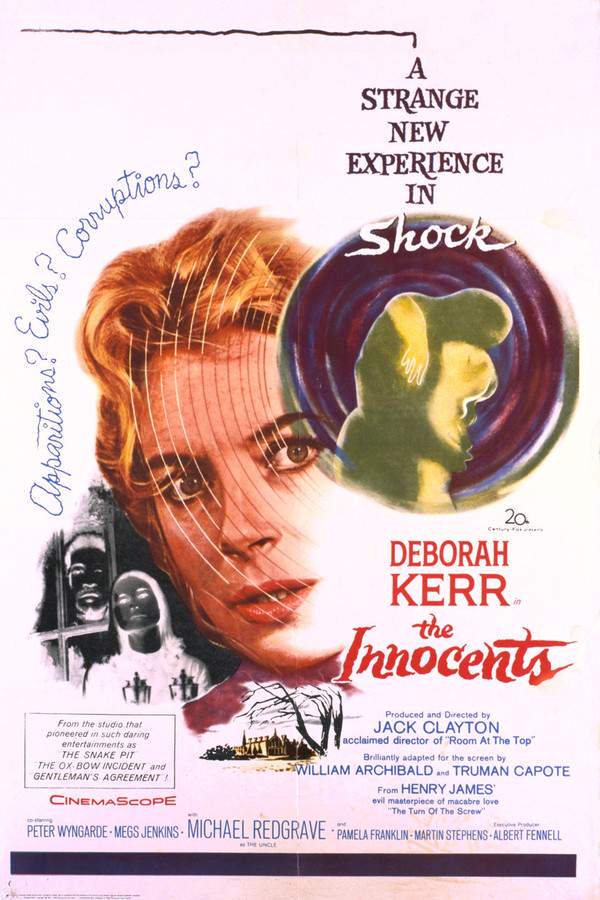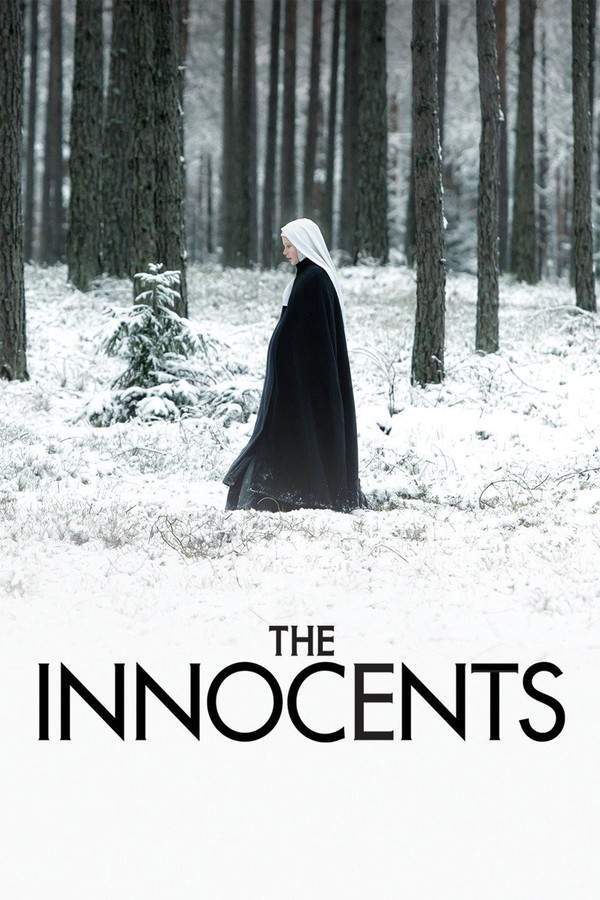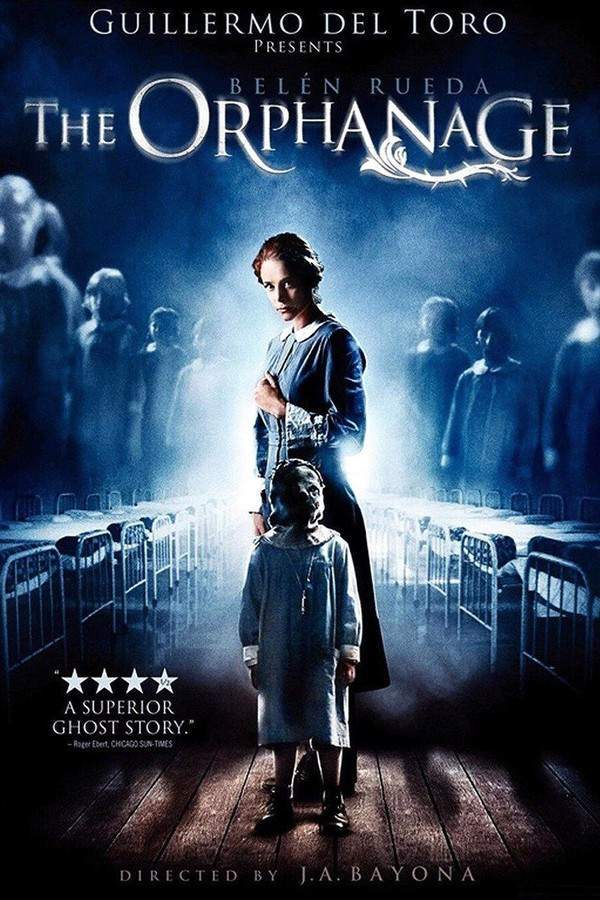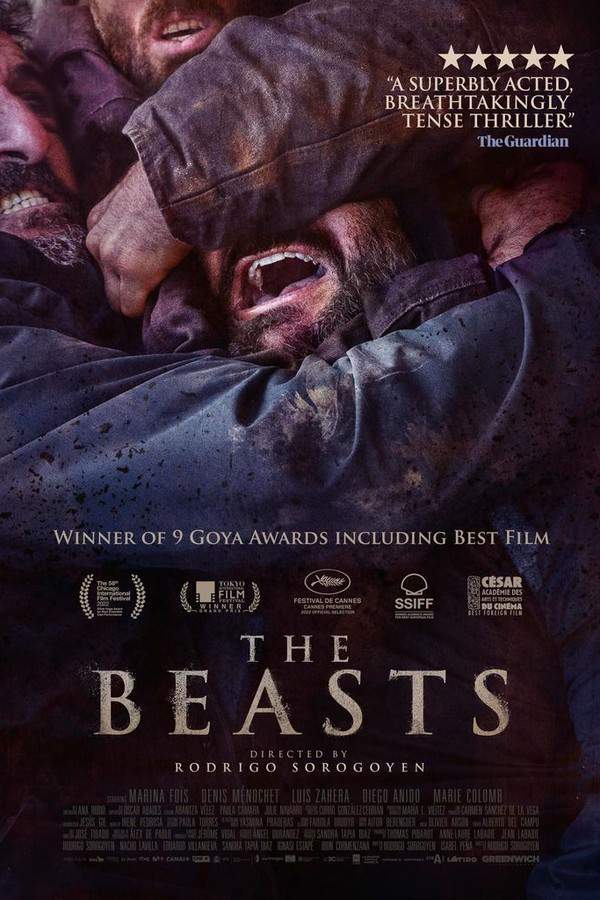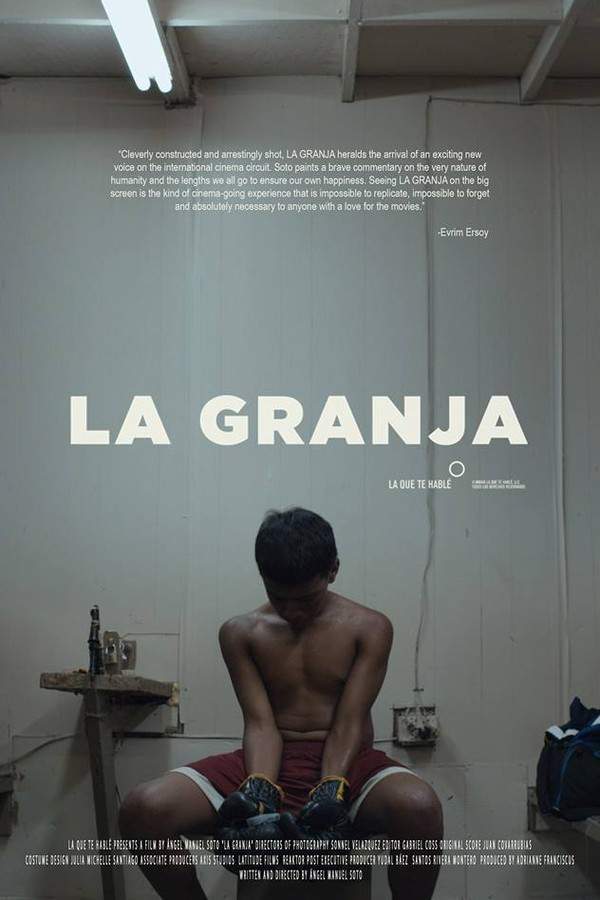
The Holy Innocents
Year: 1984
Runtime: 107 mins
Language: Spanish
Director: Mario Camus
Set in rural Spain in the 1960s, the film follows tenant farmers Paco and Régula and their three children—one with a disability while the others must work instead of attending school because their landlord demands their labor. After Régula’s brother, dismissed after 61 years of service, moves in, story exposes feudalism and stagnation of era.
Warning: spoilers below!
Haven’t seen The Holy Innocents yet? This summary contains major spoilers. Bookmark the page, watch the movie, and come back for the full breakdown. If you're ready, scroll on and relive the story!
The Holy Innocents (1984) – Full Plot Summary & Ending Explained
Read the complete plot breakdown of The Holy Innocents (1984), including all key story events, major twists, and the ending explained in detail. Discover what really happened—and what it all means.
Paco and Régula live on a rural estate owned by an absent marchioness, where their three children grow up under a claustrophobic system that values rank over humanity. Their oldest daughter, Nieves, works as a maid in the big house; their son Quirce is serving his military duty; and Charito, the youngest, is severely handicapped and confined to a crib. Adding to the household is Régula’s mentally impaired brother, Azarías, whose love of birds gives him a small, fragile sense of purpose amid the confinement of the cortijo.
Daily life on the cortijo unfolds in painstaking detail, exposing an oppressive routine built on a rigid hierarchy. At the top sit the aristocrats who own this and other estates, along with the Francoist politicians and Church officials who regularly visit. The rural middle classes are represented by the steady, weary manager Pedro and his bored wife Pura. The house servants and laborers—the so-called modern-day serfs tending the land—occupy the bottom rung and are treated as subhuman by everyone above them.
In this toxic class system, members of every echelon feel entitled to humiliate those they deem socially inferior. The estate’s heir, Señorito Iván, often returns to pursue an affair with Pura, while the laborers bear the brunt of the family’s petty power plays and the husband’s impotent rage. Iván’s visits are not only about longing or lust; they reveal a pattern of control that permeates the entire property, affecting how people are allowed to behave, speak, and move within the cortijo’s walls.
Nieves and Quirce eye a life beyond the confines of this hierarchical system. Nieves quietly longs for a path that could lift her from the constraints of servitude, and Quirce’s cooler, more distant demeanor hints at a different future—one that might resist the status quo, even if only in small, private ways. The daily routine, the looming threat of punishment, and the glimmers of aspiration cohere into a portrait of a community trapped by its own social order.
The hunting parties—so central to the estate’s rhythms—showcase Iván’s dominance. He requires Paco to climb a tree to decoy pigeons, and a fall leaves Paco with a broken leg. When Paco’s injury makes him unavailable for the next hunt, Iván presses on with his plan, testing the limits of loyalty and resilience within the household. Quirce briefly steps into Paco’s shoes, but his aloofness irks Iván, who is accustomed to the servile obedience of the younger generation.
As the tensions mount, Iván’s petulant, almost childish world collides with the harsher realities of the cortijo. In a fit of cruelty during an unsuccessful hunt, Iván shoots a pet jackdaw belonging to Azarías. In response, Azarías is used again in the field—this time with a noose around Iván’s neck as retribution. The moment is both shocking and telling: Iván’s infantile mental state and the power dynamics surrounding him spare him from criminal punishment, and he is ultimately committed to an asylum.
The narrative leaves the viewer with a stark meditation on power, humiliation, and the precarious line between control and resistance in a tightly stratified rural world. The estate’s hierarchy—aristocrats, middle-class managers, and bottom-tier laborers—drives every action, every grievance, and every small rebellion, painting a portrait of a society where dignity is unevenly distributed and mercy is scarce.
Last Updated: October 09, 2025 at 14:48
Unlock the Full Story of The Holy Innocents
Don't stop at just watching — explore The Holy Innocents in full detail. From the complete plot summary and scene-by-scene timeline to character breakdowns, thematic analysis, and a deep dive into the ending — every page helps you truly understand what The Holy Innocents is all about. Plus, discover what's next after the movie.
The Holy Innocents Timeline
Track the full timeline of The Holy Innocents with every major event arranged chronologically. Perfect for decoding non-linear storytelling, flashbacks, or parallel narratives with a clear scene-by-scene breakdown.

Similar Movies to The Holy Innocents
Discover movies like The Holy Innocents that share similar genres, themes, and storytelling elements. Whether you’re drawn to the atmosphere, character arcs, or plot structure, these curated recommendations will help you explore more films you’ll love.
Explore More About Movie The Holy Innocents
The Holy Innocents (1984) Scene-by-Scene Movie Timeline
The Holy Innocents (1984) Movie Characters, Themes & Settings
The Holy Innocents (1984) Spoiler-Free Summary & Key Flow
Movies Like The Holy Innocents – Similar Titles You’ll Enjoy
The Innocents (1961) Detailed Story Recap
The Innocents (2022) Ending Explained & Film Insights
The Innocents (2016) Full Movie Breakdown
The Orphanage (2007) Complete Plot Breakdown
The Beasts (2023) Complete Plot Breakdown
The Farm (La Granja) (2017) Full Summary & Key Details
The Nest (1980) Detailed Story Recap
Innocence (1983) Plot Summary & Ending Explained
The Innocents (1987) Plot Summary & Ending Explained
The Innocent (1976) Complete Plot Breakdown
The Innocent (1972) Full Summary & Key Details
The Cursed Village (1930) Plot Summary & Ending Explained
The Spanish Gardener (1956) Ending Explained & Film Insights
Innocent Sinners (1958) Detailed Story Recap
The Blind Sunflowers (2008) Movie Recap & Themes



